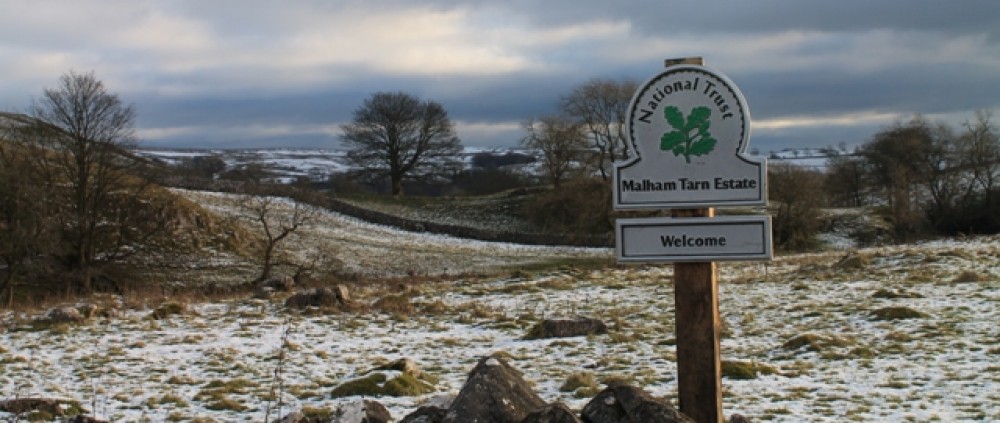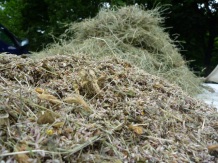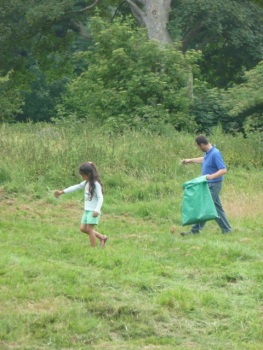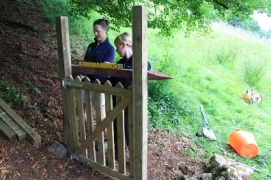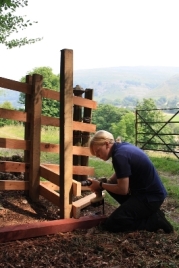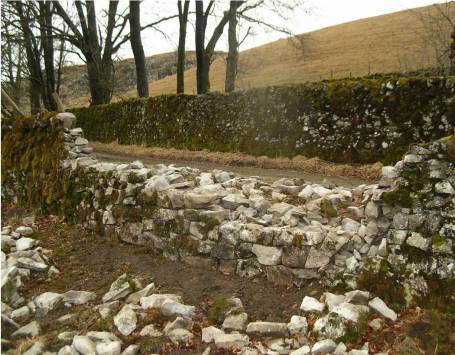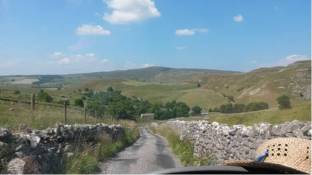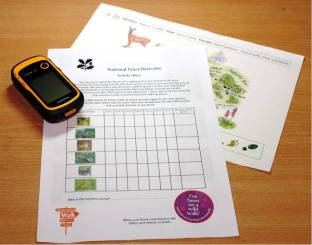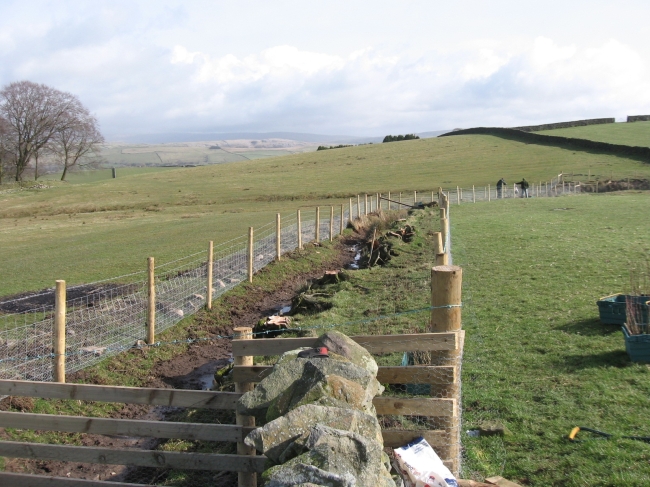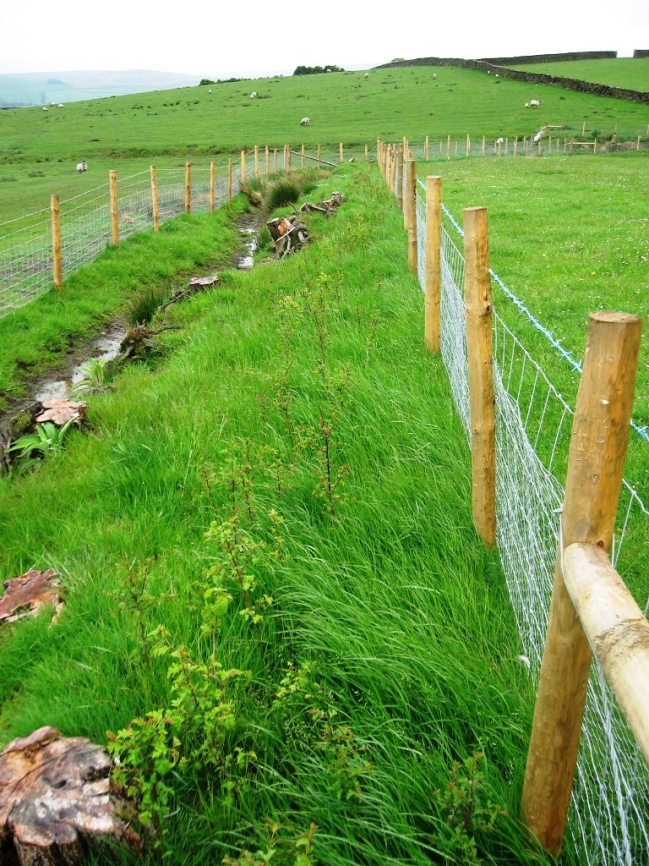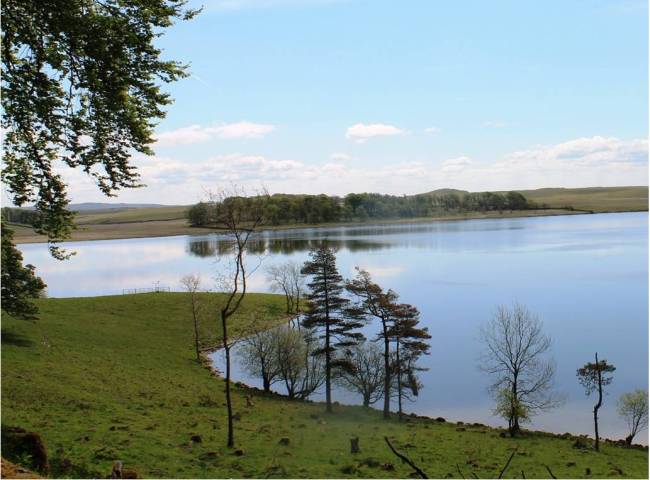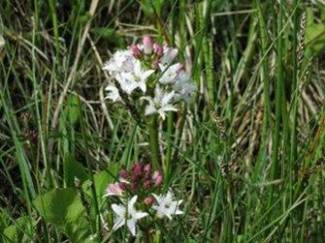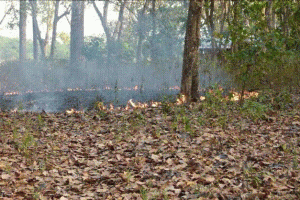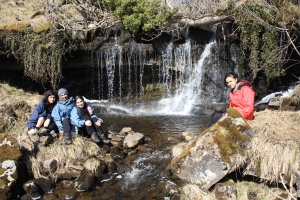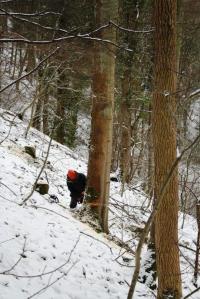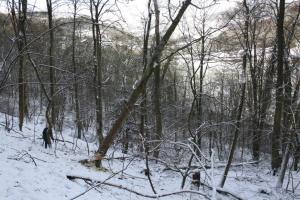On a cold wet winter’s day it’s difficult to get excited about flower meadows. Flower heads nodding in a warm summer breeze; the hum and activity of pollinating insects; it all seems a million miles away. Yet, amidst the brown and yellowed grasses there is a dormant potential just waiting for spring sunshine and warmth. At least, gazing across the meadow areas at Hudswell Woods, I very much hope this is the case.
Over the last year we have been working with the charity Buglife to restore some of our meadows to their full potential. At Hudswell Woods we have approximately 10 hectares of grassland, but in recent years the absence of regular grazing has resulted in large areas being swamped by rank grass and encroaching scrub. As a consequence we have lost much of the wild flower diversity that we associate with Yorkshire Dales hay meadows.
With funding from the SITA Trust, Buglife has undertaken a project to restore and create wildflower-rich grasslands around Richmond. This meadow restoration is part of Buglife’s B-Lines initiative and will help to create important links to the internationally important hay meadows of upper Swaledale. Two thirds of the meadow area at Hudswell Woods has been included in this restoration and the remaining areas we have undertaken to reinstate ourselves.
Work has involved new fencing and gates to ensure the meadows are stock proof and safe for cattle to graze. Areas of rank grass have been topped with a flail mower and raked with a spring tine to scratch out the grass thatch. We have used small tractors to work on our riverside meadows as there is no easy vehicular access. Getting tractors in (downhill) has been straightforward, getting out (uphill, on wet greasy mud) has proved more of a challenge. On our last day of contractor work in October it was touch and go whether the machinery would have to stay and overwinter!
Mowing and scarifying effectively opened up the ground, preparing the soil for seeds and plug plants, as well as creating optimal conditions for the existing meadow flora and seed bank. Meadow seed, a proportion of which was spread as green hay, was collected from local donor hay meadows. Desirable species for reintroduction include Yellow Rattle, Wood Cranesbill, Common Knapweed, Betony, Lady’s Bedstraw, Great Burnet and Rough Hawkbit. On the top meadow where vehicle access is straight forward, machinery was used to spread green hay. On the riverside meadows our volunteers stepped up to the task which also included planting out 400 plugs of Wood Cranesbill, Bird’s Foot Trefoil, and Devil’s Bit Scabious.
Mowing also stimulated a new flush of grass for the cattle. Reintroducing a grazing regime is a crucial part of our restoration programme. However, last summer it proved tricky to get the cattle to the riverside meadows, despite the best efforts of our tenant farmer. In the absence of more natural methods we resorted to simulating the soil disturbance and grazing with machinery. We also planned works to ensure cattle would reach the fields this coming spring.
Long term we intend to manage the meadows with grazing. Meadow areas will be grazed for approximately two months in spring and again in late summer allowing for a hay crop to grow in between. Hay will be harvested by machine on our top meadow and grazed off on the riverside areas where vehicle access is limited. Riverside areas are popular with picnicking families and dog walkers so we are also tailoring work to ensure that restoration activities do not encroach on people’s enjoyment of the area. So far our plan to reintroduce grazing has been well received by the local community and we hope that this understanding will be rewarded in years to come with a stunning display of meadow flowers.

Long-term we intend to use cattle to manage the meadow areas. Cattle are selective grazers, leaving a varied sward, and their feet disturb the ground encouraging a diverse flora.
So what is left to do? Well, we have some scrub to clear this winter, some fencing to put up, and some cattle to move once the grass begins to grow and the fields dry out. Otherwise we just have to patiently wait. Walking over the meadows on a wet winter’s day, wellies squelching and wrapped up against driving rain, there is an air of excitement. Just look at the meadow. If you look closely you will see the budding potential at your feet!

Pignut, Bugle, Yellow Rattle and Red Clover are all species that we would like to encourage. Credit: Paul Evans
